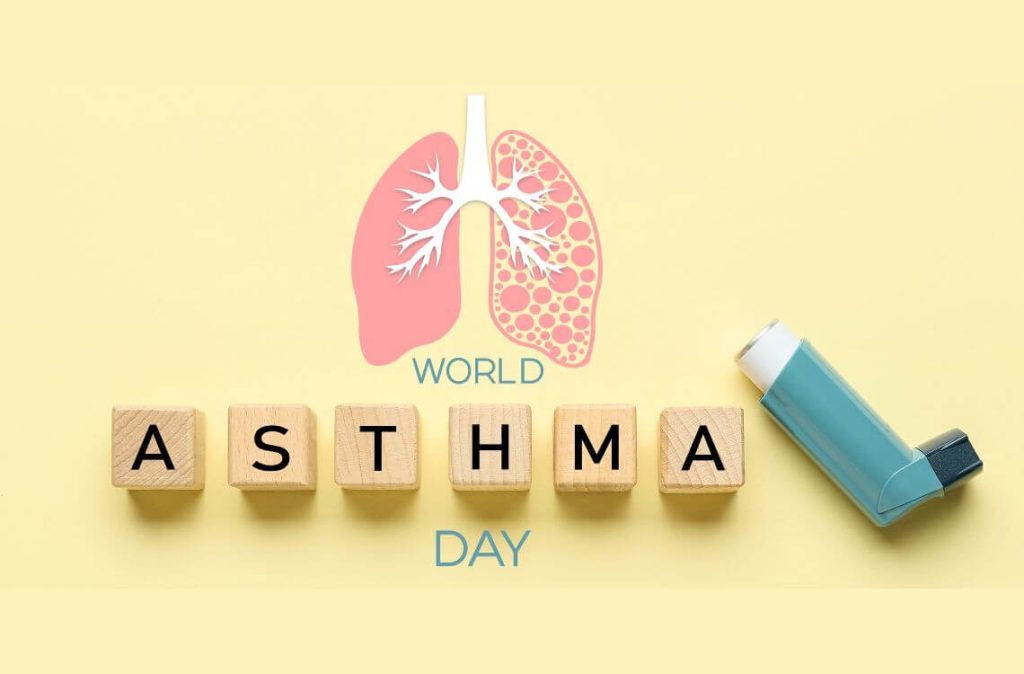Childhood asthma remains a prevalent health issue in Malaysia, affecting approximately one in ten individuals, with a higher occurrence among children aged 6-14 in urban areas.
As we observe World Asthma Day this month, it is essential to acknowledge the progress made in paediatric asthma care.
The focus is on personalised treatment plans, advanced medications, and collaborative management strategies that can significantly improve the quality of life for children with asthma.
According to Dr Angelina Amaladoss, a Consultant Paediatrician at Subang Jaya Medical Centre (SJMC), distinguishing between asthma and the common cold is essential due to their overlapping symptoms yet differing implications.
The common cold is usually caused by a viral infection and is characterised by sudden fever, body aches, headaches, and sore throats. It may also cause gastrointestinal issues such as vomiting or diarrhoea.
These symptoms generally resolve quickly and are self-limiting, usually not requiring medication.
In contrast, asthma involves a longer duration of symptoms and may be linked to a family history of conditions such as allergic rhinitis, eczema, and atopy.
The cough is usually more prominent at night, early morning and upon exertion. There may be associated wheezing, rapid breathing, shortness of breath, and chest pain.
Symptoms and signs of allergic rhinitis and eczema might also be present.
“Identifying asthma triggers is just as critical as starting the appropriate treatment,” explains Dr Angelina. “Asthma requires a comprehensive approach for effective management, unlike the nature of a cold. This makes early and accurate diagnosis pivotal in preventing long-term complications and ensuring the quality of life for affected children.”
The Shift to Personalised Asthma Care
The current approach to personalised asthma care depends on a child’s specific symptoms and triggers; treatments are tailored to minimise side effects and target the lungs directly.
“In the treatment of asthma, there is no ‘one-suit-fits-all’. Treatments are targeted specifically for the lungs, as opposed to older treatments that were taken orally and caused more side effects throughout the body. It is important to treat accompanying issues like allergic rhinitis as well,” states Dr Angelina.
For severe asthma cases, introducing new medications and minimally invasive techniques marks a significant advancement.
Inhalers remain the mainstay of treatment, but for more challenging cases, treatments like monoclonal antibodies (e.g., omalizumab or mepolizumab) and leukotriene receptor antagonists (LTRA) are used to manage symptoms more effectively.
Encouraging Parental Involvement and Lifestyle Adjustments
Creating a supportive home environment is crucial. To manage asthma symptoms effectively, exposure to common irritants like cigarette smoke, vape, incense, pet fur, plush toys, and even carpets should be minimised.
Dr Angelina emphasises the importance of environmental control and lifestyle adjustments to support asthma management.
Personalised asthma management plans not only improve the immediate symptoms but also enhance the child’s long-term quality of life.
“Well-controlled asthma allows children to thrive in academic and sporting events, reduces clinic visits, and enhances overall productivity. Many international sportspeople, including David Beckham and Paula Radcliffe, have well-controlled asthma and are thriving in their fields of sport,” Dr Angelina shared.
The economic burden of asthma must also be appreciated. Parents might have to take time off work, losing precious man hours with a loss of productivity.
Another critical aspect of managing childhood asthma is understanding its chronic nature and ensuring ongoing compliance with treatment plans.
Dr Angelina stresses that asthma is not curable, although many children “grow out of it” as they get older, which makes consistent treatment even more crucial.
Many patients discontinue their treatment once symptoms abate. It is important to adhere to prescribed treatments even when symptoms are not present.
This approach helps prevent relapses and ensures long-term management of asthma, reducing the frequency and severity of episodes.
Breathing New Life
Dr Angelina recalls a transformative case of an 8-year-old boy who had been struggling with a persistent cough, particularly severe at night and early in the morning, accompanied by nasal obstruction for six months.
His condition had led to numerous missed school days and a decline in academic performance.
He had to quit outdoor sports activities due to persistent coughing and wheezing.
After a thorough assessment, he was diagnosed with bronchial asthma and allergic rhinitis.
The treatment plan included inhaled long-acting bronchodilators and corticosteroids, along with a nasal corticosteroid spray.
Remarkably, his symptoms were well-controlled just two weeks later, allowing him to resume his regular activities and enjoy his daily life.
The journey of managing childhood asthma is complex, yet there is much hope, thanks to advancements in personalised medicine.
These innovations are enabling children with asthma to lead vibrant, fulfilling lives.
For more information about childhood asthma care and available services, visit https://subangjayamedicalcentre.com/
Disclaimer: The information provided in this article is for informational purposes only and should not be considered as medical advice from Motherhood. For any health-related concerns, it is advisable to consult with a qualified healthcare professional or medical practitioner.
For more insightful stories and fun recipes, stay tuned to Motherhood Story!
